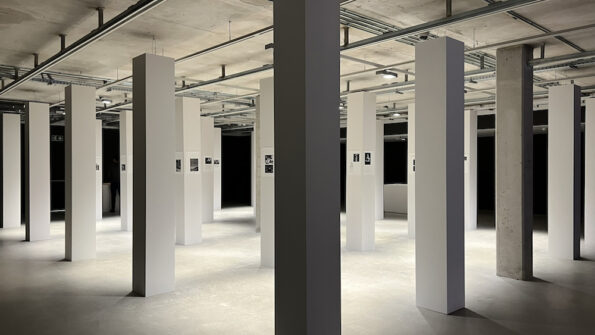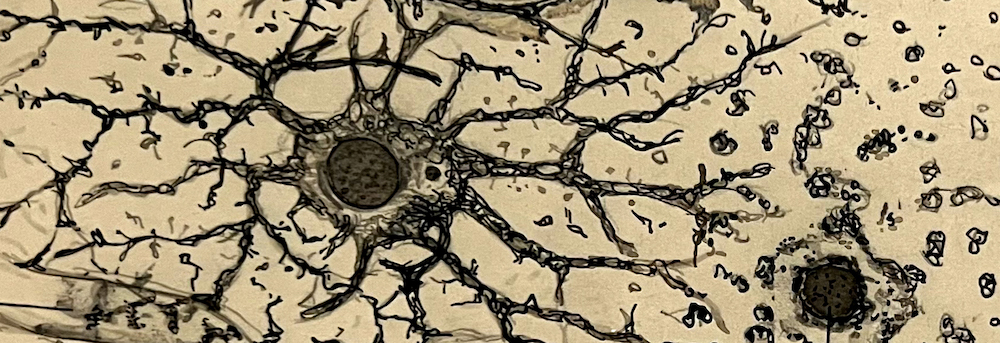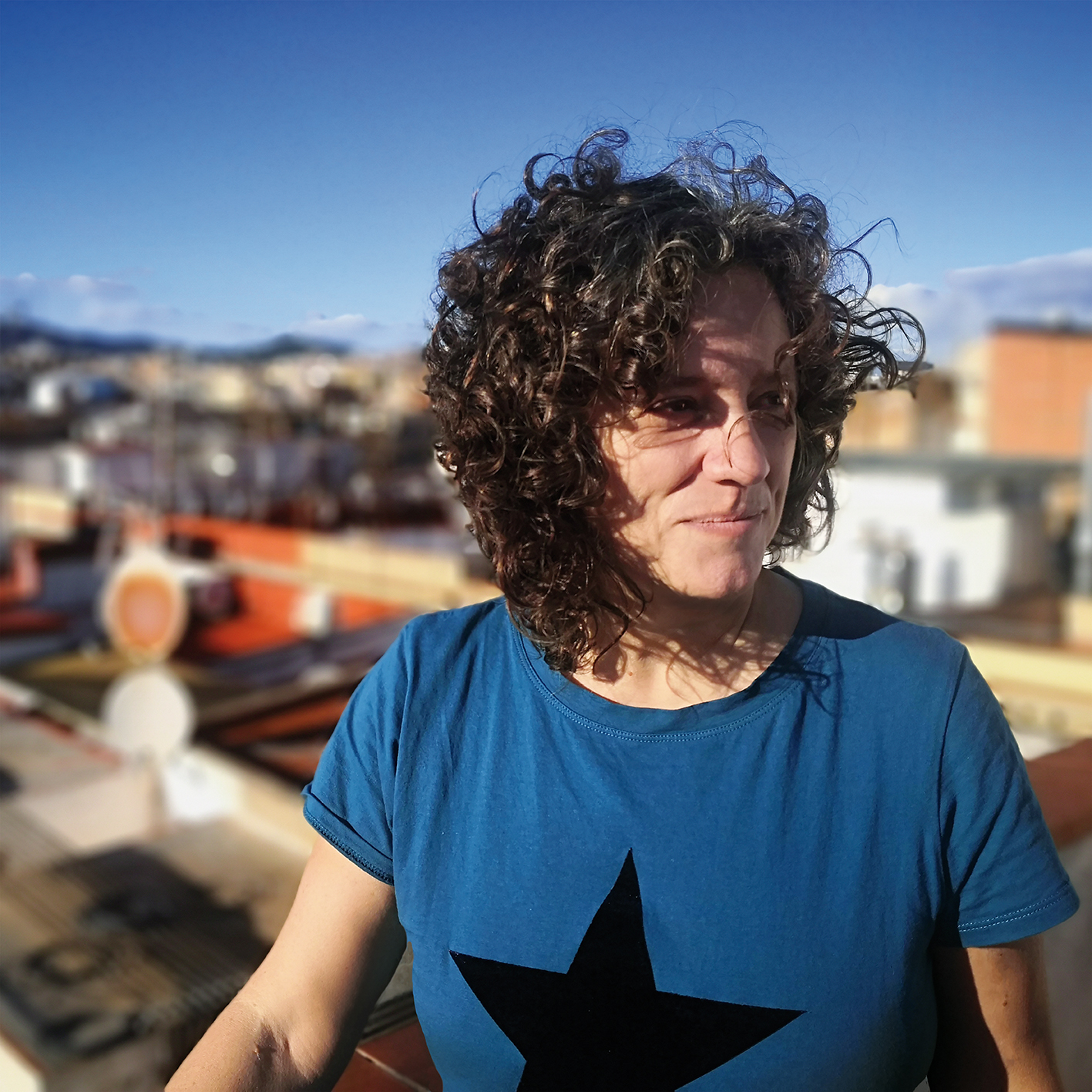Search
To search for an exact match, type the word or phrase you want in quotation marks.
A*DESK has been offering since 2002 contents about criticism and contemporary art. A*DESK has become consolidated thanks to all those who have believed in the project, all those who have followed us, debating, participating and collaborating. Many people have collaborated with A*DESK, and continue to do so. Their efforts, knowledge and belief in the project are what make it grow internationally. At A*DESK we have also generated work for over one hundred professionals in culture, from small collaborations with reviews and classes, to more prolonged and intense collaborations.
At A*DESK we believe in the need for free and universal access to culture and knowledge. We want to carry on being independent, remaining open to more ideas and opinions. If you believe in A*DESK, we need your backing to be able to continue. You can now participate in the project by supporting it. You can choose how much you want to contribute to the project.
You can decide how much you want to bring to the project.

Not everyone is aware of the fact that the censor of the Ministry of Culture in Iran was, for an extended period of time, a blind man. He scrutinized movies using the rest of his heightened senses, in search of any sign of “immorality”, and rarely asked his assistant for visual descriptions of the scenes. Perhaps this man called Mehdi Argani knew that what truly mattered from an image was that inaccessible through human sight. For a censor like Argani, images were just a Troyan horse concealing in its hidden compartment non-visual ideas full of power.
Considering this, calling Érik Bullot’s proposal for the Filmoteca de Catalunya —a film archive located in Catalonia, Spain— an exhibition would be inaccurate. We would actually be attending an interior movie, or even better, several interior movies, as many as attendees and set builders.
These paper movies (or movie) are arranged like a kaleidoscopic maze, focused on picture-taking rather than the pictures themselves. The spectators are encouraged to follow a free, poetic, meandering path through film-related aspects unperceivable when merely watching, as a result of the devisualization of everything that once was visual. A course with 42 collages, three worktables, and the possibility of a movie, following the extensive investigation of the possible forms of sight without vision, telepathic images, medium and hypnosis sessions, par-optic visions, the dream of extraretinal perception (why do sleepwalkers walk with such ease?), optophones, typewriters, kinetoscopes, praxinoscopes, celestographs…
As posed by the quote opening the exposition —the final quote of The Decameron (1971) directed by Pier Paolo Pasolini, voiced by the director himself (who chose to appear solely in two of his movies) as the painter apprentice of Giotto—, we are entering the dream of a piece. The irony lies in the fact that in the original scene of this quote, the character is standing in front of his finished grand work wearing a paint-stained apron. Even in front of his completed work, real and visible, the artist chooses the dream, the internal image.

[Detail ] Scientific drawing by Santiago Ramón y Cajal. Neuroglia in Asta de Ammon of a man biopsied 3 hours after death (1913). 14,9 x 12,7 cm. Ramón y Cajal Legacy Collection – Ramón y Cajal Institute.
His film proposal Fragments pour un film imaginaire encourages image irradiation through the skin, in the shape of light waves, without any other form of mediation. Like the main character in Conte philosophic —quoted in the book Apunts de cinema, one of the possible paths to take— confining a ray of sunshine inside a shoebox; Bullot’s characters close their eyes to imagine the content of said box, like one imagines cosmogony, outer space like the caress of eyed-skin, the possibility of a visual theremin. The spectator is set as an equal to eye-closing images (eyes-images, just like ours) and thinks of a movie transferred exclusively telepathically.
The cinema dreamt by Bullot is a cinema finally free of technic censorship allowing us to make of our owned bodies, the unbound sky or our skin pores a grand obscure camera through which the image flow travels from body to body, from mind to mind, from experience to experience; always vibrant, always behind the protective border of our eyelids. A cinema that urges us to peacefully contemplate la danza de los fosfenos [the phosphene —those pulsing lights we see when closing our eyes— dance], the physical reminder that even with closed eyes, we are incapable of not seeing images.

[Detail] Roland Sabatier. Je veux faire ne pas faire un film, 1976. Ink on tracing paper mounted on paper, 21 x 29 cm. Érik Bullot Collection.
[Photographs: Marta Azparren]
“Cinema Paper. Érik Bullot”
Filmoteca de Catalunya, Sala d’exposicions untill 28 January
Plaça Salvador Seguí, 1 – 9, 08001 Barcelona

Marta Azparren is a non-visual artist. She moves between experimental/expanded cinema, living arts and drawing (and between Barcelona and Madrid). Her work is usually concerned with artistic activity, attending to the connections between creator, spectator, work and the internal machinery of mediation, production and exhibition. Her gaze is also directed towards the non-visual in the visual, what is discarded, what does not happen. She has recently published the essay «Blind Cinema. Stop the flow of images» about monochrome cinema and images without images.
"A desk is a dangerous place from which to watch the world" (John Le Carré)